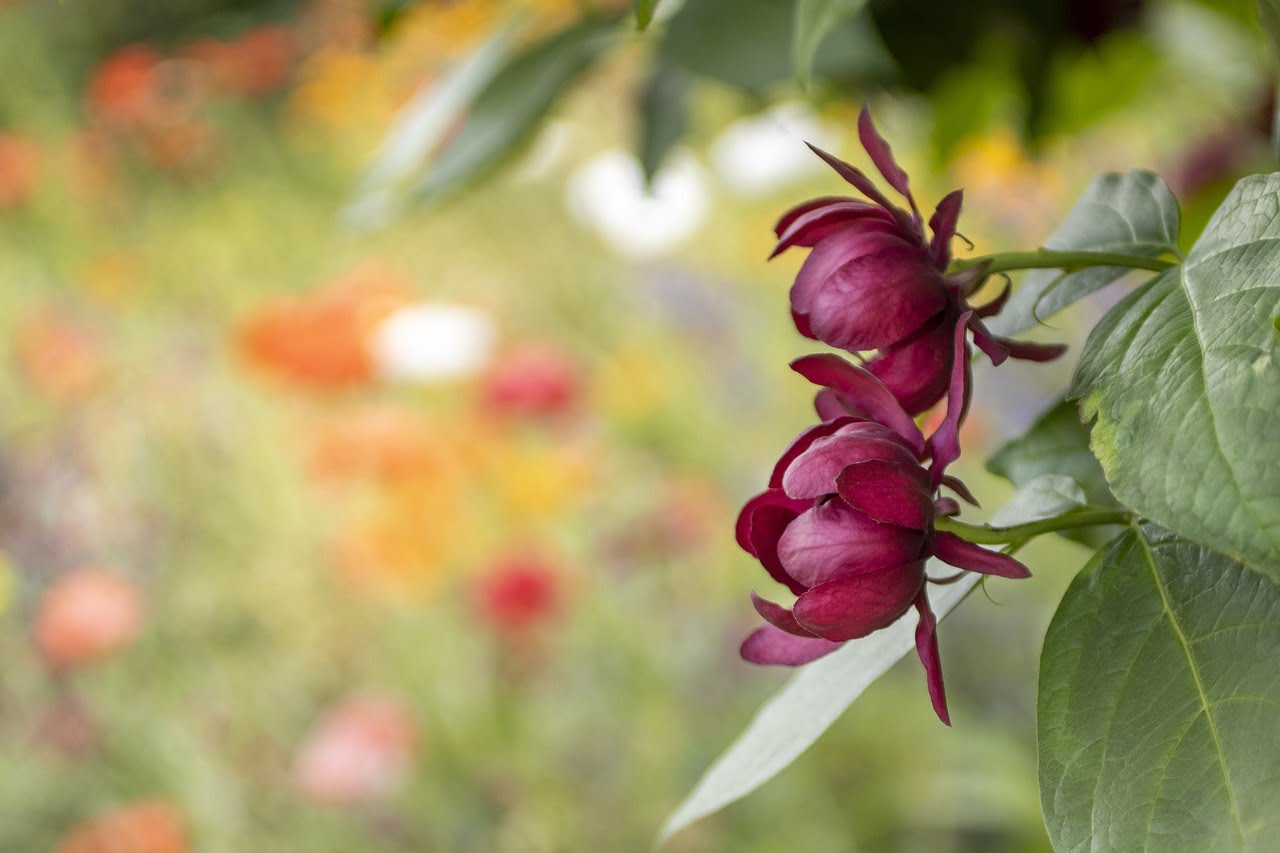
Calycanthus planting: A Guide to Growing Fragrant Spicebush
Table of Contents
Calycanthus planting
- Introduction to Calycanthus
- Unveiling the Fragrant Spicebush
- Why Choose Calycanthus for Your Garden
- Choosing the Right Location
- Sunlight Requirements
- Soil Preferences
- Preparing the Soil
- Soil Testing and Amendment
- Ensuring Proper Drainage
- Selecting and Planting Calycanthus
- Picking Healthy Nursery Plants
- Planting Steps for Success
- Caring for Your Calycanthus
- Watering and Moisture
- Pruning and Shaping
- Dealing with Pests and Diseases
- Common Issues and Solutions
- Natural Pest Control Methods
- Enjoying the Fragrant Blooms
- The Beauty of Calycanthus Flowers
- Harvesting and Using Calycanthus
- Conclusion: Nurturing Calycanthus to Thrive
- Frequently Asked Questions (FAQs)
- FAQ 1: How often should I water my Calycanthus?
- FAQ 2: Can I grow Calycanthus in containers?
- FAQ 3: When is the best time to harvest Calycanthus flowers?
- FAQ 4: Is Calycanthus prone to any specific diseases?
- FAQ 5: Can Calycanthus be grown indoors?
Introduction to Calycanthus
Unveiling the Fragrant Spicebush
Calycanthus, commonly known as the sweetshrub or spicebush, is a unique and captivating flowering shrub native to North America. Its alluring fragrance and striking appearance make it a favorite among garden enthusiasts.
Why Choose Calycanthus for Your Garden
Beyond its ornamental value, Calycanthus is prized for its aromatic flowers that emit a spicy, clove-like scent. Its adaptable nature and low-maintenance requirements make it an excellent choice for both novice and experienced gardeners.
Choosing the Right Location
Sunlight Requirements
Calycanthus thrives in partial to full sunlight. While it can tolerate some shade, providing it with ample sunlight will result in better flowering and overall growth.
Soil Preferences
This shrub prefers well-draining, slightly acidic to neutral soil. It’s crucial to choose a location with soil that retains moisture but doesn’t become waterlogged.
Preparing the Soil
Soil Testing and Amendment
Before planting, conduct a soil test to determine its pH and nutrient levels. Amend the soil with organic matter and appropriate nutrients to ensure your Calycanthus gets off to a healthy start.
Ensuring Proper Drainage
Good drainage is essential for preventing root rot and other issues. If your soil has poor drainage, consider creating raised beds or adding sand to improve it.
Selecting and Planting Calycanthus
Picking Healthy Nursery Plants
When purchasing Calycanthus plants, choose ones with well-developed root systems and healthy foliage. Avoid plants with yellowing leaves or signs of pests.
Planting Steps for Success
Dig a hole slightly larger than the root ball of your plant. Place the plant in the hole, backfill with soil, and water thoroughly. Mulch around the base to retain moisture.
Caring for Your Calycanthus
Watering and Moisture
Water your Calycanthus regularly, especially during the first year of growth. Keep the soil consistently moist but not waterlogged.
Pruning and Shaping
Prune your Calycanthus in late winter or early spring to remove dead or damaged branches. Shaping the plant can help maintain its natural form and encourage better air circulation.
Dealing with Pests and Diseases
Common Issues and Solutions
Calycanthus is generally resistant to pests and diseases, but occasional issues may arise. Keep an eye out for aphids, scale insects, and fungal infections, and take prompt action if needed.
Natural Pest Control Methods
Consider using natural solutions like neem oil or insecticidal soap to manage pests. Encouraging natural predators in your garden can also help keep pest populations in check.
Enjoying the Fragrant Blooms
The Beauty of Calycanthus Flowers
Calycanthus flowers are a sight to behold, with their unique, burgundy-brown hue and intoxicating fragrance. They make lovely additions to floral arrangements.
Harvesting and Using Calycanthus
Gently harvest the flowers in the morning when their fragrance is most potent. Use them to infuse oils, create potpourri, or simply enjoy their natural beauty.
Conclusion: Nurturing Calycanthus to Thrive
Incorporating Calycanthus into your garden can bring a touch of elegance and enchantment. With the right care and attention, this fragrant spicebush will reward you with its captivating blooms and alluring aroma for years to come.
Frequently Asked Questions (FAQs)
FAQ 1: How often should I water my Calycanthus?
Water your Calycanthus regularly, aiming for about 1 inch of water per week, especially during dry spells.
FAQ 2: Can I grow Calycanthus in containers?
While Calycanthus prefers to be planted in the ground, you can grow it in a large container if you ensure proper drainage and regular watering.
FAQ 3: When is the best time to harvest Calycanthus flowers?
Harvest the flowers in the morning when their scent is most potent. Avoid taking too many flowers from a single plant to ensure continued blooming.
FAQ 4: Is Calycanthus prone to any specific diseases?
Calycanthus is relatively resistant to diseases. However, keep an eye out for fungal issues, which can be managed through proper watering and pruning.
FAQ 5: Can Calycanthus be grown indoors?
Calycanthus is primarily an outdoor shrub and may not thrive indoors. It requires sunlight and space to grow properly.
Conclusion
Calycanthus, with its aromatic blossoms and easygoing nature, is a wonderful addition to any garden. By following these guidelines, you’ll be well on your way to cultivating a thriving and fragrant spicebush that will undoubtedly become a cherished part of your outdoor sanctuary.